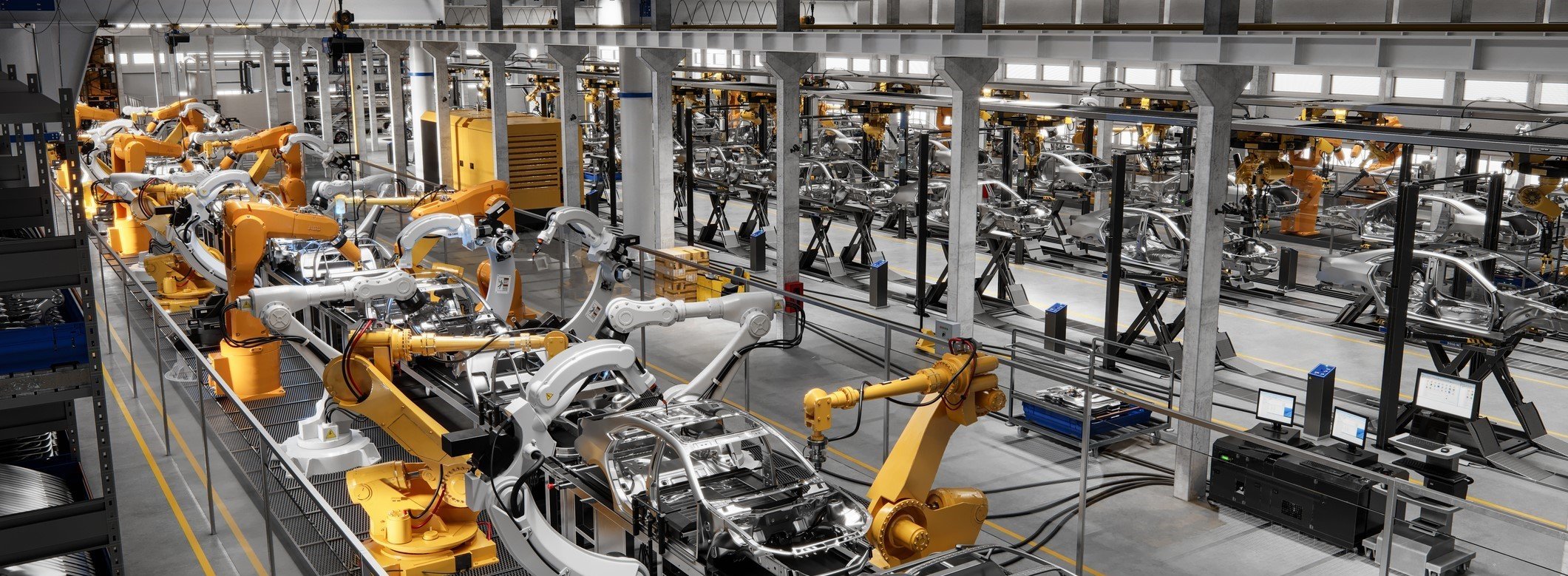
Challenge
Currently over 87% of retail leaders are concerned about talent shortages in 2023 and almost all employees (94%) believe the labor shortages will negatively impact their roles and professional wellbeing.
A major national retailer was eager to solve a labor issue that was hurting productivity and customer service. Stores were understaffed during peak hours and overstaffed at non-peak hours. Staff productivity also varied widely throughout the day. The company engaged Point B for the capabilities our Insights Hub brings to optimize its workforce planning. Given all the variations in customer traffic, purchasing patterns and wait times within the constraints of staff availability and productivity, we created a labor optimization model based on store data.
Modeling for Reality
We began by establishing a clear description of the business problem and defining a set of strategic hypotheses for testing. This was foundational to defining the many business conditions, model drivers, and real-world constraints to be analyzed in the optimization model. Following a week of discovery, we gathered the full range of company data to be incorporated into a forecast model, including customer transaction volume, labor utilization, productivity data, per-unit revenue and costs. Building the optimization model was highly iterative; we allowed for many points of customer team feedback before presenting final recommendations. We also developed model logic alongside our customer in support of this iterative process.
We allowed for a brief but productive period of synthesis, which led to a series of valuable insights along with new questions for further exploration. Those insights were vetted with empirical data to further support the model outputs and drive the team toward field testing the recommendations.

Lifting Revenue and Margins
The labor optimization model gives our customer new perspective on future-state labor scheduling. The engagement led to a series of manual field tests, where the current-state labor system is being substituted with new configurations of shift lengths and staffing levels. Stores testing the new staffing models are compared against a control group to estimate the lift in store revenues and margins. One scheduling pilot based on optimization model findings identified a potential margin lift of over 5 percent fleet-wide through optimal labor scheduling – a profit opportunity of $75-$100 million.
We also established that certain half hour segments were overstaffed, resulting in zero to negative profits toward the end of the day. We showed that a cut in store hours, and a small loss of revenue, would boost net margins at the store level. We developed and documented this solution to work far into the future for our customer. As initial model findings are validated, they will shape the core staffing model algorithms that define the future state of optimal labor scheduling.
A potential margin lift of over 5 percent fleet-wide through optimal labor scheduling – a profit opportunity of $75-$100 million.
RELATED INDUSTRIES
RELATED SOLUTIONS


